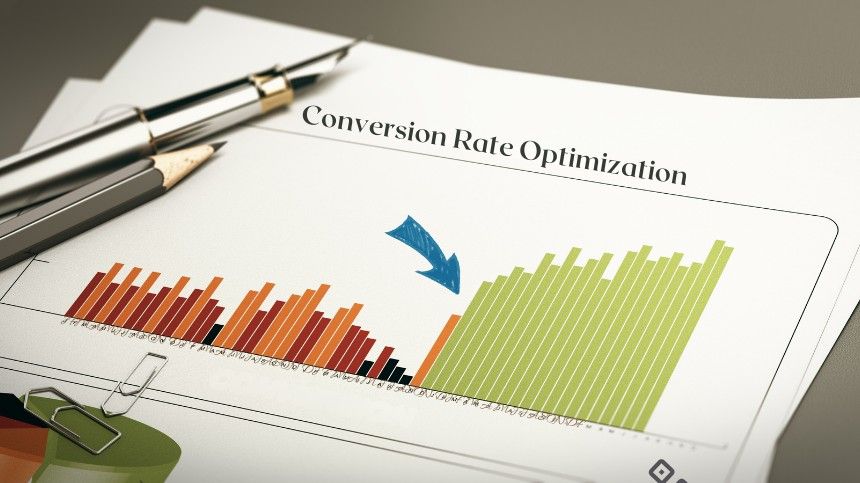The reality is that when you’re a small business owner, every penny matters. You’ve likely glanced at your website before and wondered, “Is this thing even doing what I want it to do for MY type of customers?” But expensive user testing consultants make your wallet weep a tear. Good news, however: you don’t have to spend a fortune to find out what your users actually think of your website. DIY user testing is not only feasible; it is also quite achievable, even with a modest budget. Here’s what most business owners don’t know: some of the biggest insights can stem from scrappy & simple testing approaches that won’t cost you thousands.

Every month, hundreds of people visit your stunning website. Your Google advertisements are generating traffic, your SEO is working, and yes, people are finding you online. But here’s what’s keeping you awake at night—most of these visitors are just … leaving. They’re clicking around for a few minutes and then vanishing into the digital ether without making a purchase or even reaching out. Sound familiar? You’re not battling this alone.

Now, let’s talk about something that is currently receiving a lot of attention in the web development community: Headless WordPress. Sounds rather creepy, doesn’t it? Ideas with a title like this belong in a horror movie! Rest assured, only WordPress itself is at risk here. And the whole point is to lose that head! After all, the whole idea is to separate the “head” from the “body,” giving you a flexible backend while letting a modern frontend framework take the lead. If you’re wondering whether headless WordPress development could be suitable for your business, you are not alone in considering this potentially untapped opportunity.

As suggested by the top search, a potential buyer is perusing your house information while waiting for his or her coffee on the phone. It takes them less than two clicks to access your website after they click on your listing. The pictures are the smallest possible. Your contact form does not work properly at all The result? They bounce off the page of your so-very-slow website and head straight for your competitor’s beautifully designed site instead. The Australian property market is a no-holds-barred battleground, and your website is now far more than just a digital business card; it’s your most powerful selling point. With 86% of home buyers using the internet to search for a property, your website design can make or break that all-important first impression. Yet paradoxically there are still many real estate agents out there who are stuck with websites looking so much like they were created and forgotten back in 2010.

Compared to a few years ago, the world of digital marketing has changed significantly. So gone are the days of static, information websites with a simple contact form, and here are platforms that are actually intelligent and can even make sense of the specific needs of your potential customers on a real-time basis. This is no longer science fiction; it’s happening now, and businesses across Australia are realising they can’t afford to miss out. At SLINKY Web Design, we have been following this evolution closely. We here are a Perth team that have been delivering AI website design that actually works for business. But that’s the thing: it’s not about technology for technology’s sake. It’s all about designing websites that put your business in the best light.








